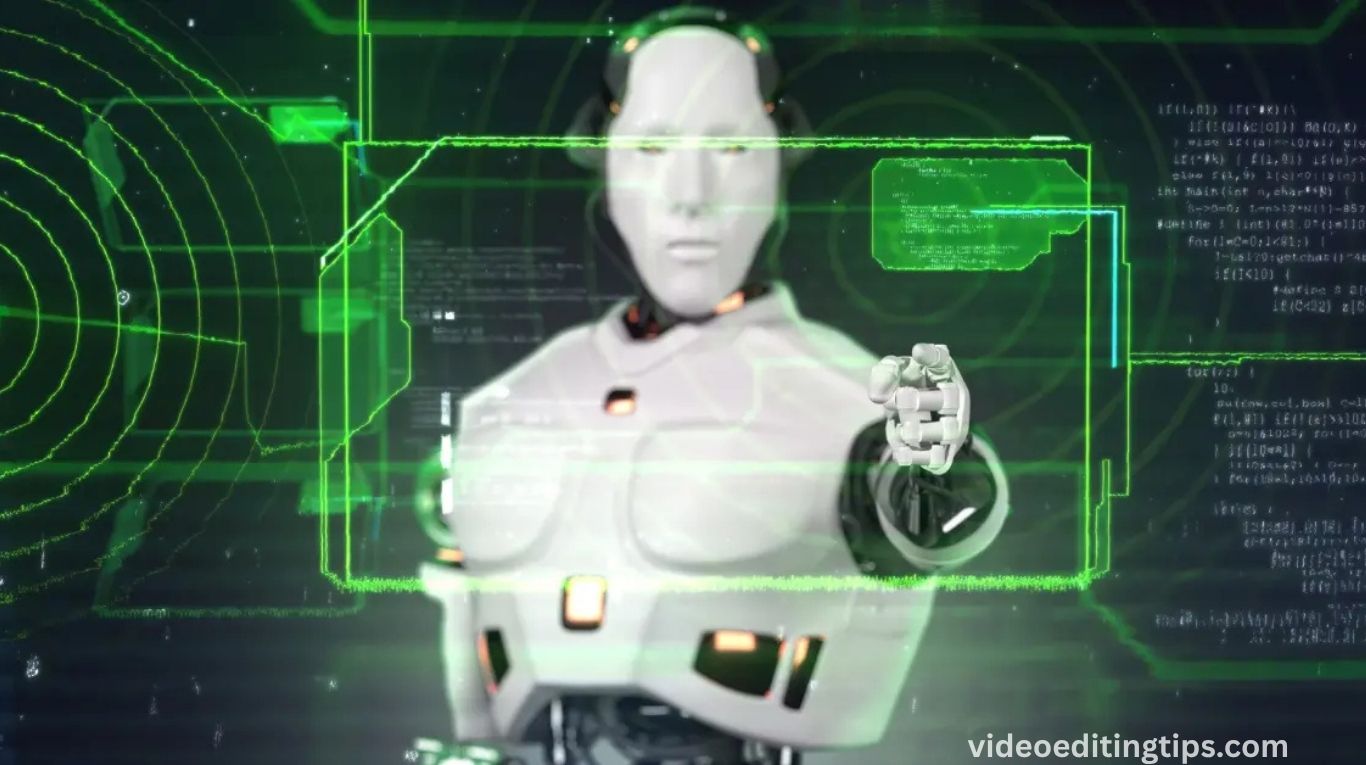As artificial intelligence continues to evolve, text-to-video AI generators are becoming powerful tools for creators, marketers, and educators alike. In 2025, these platforms are more advanced, accessible, and efficient than ever before turning simple text prompts into engaging, high-quality videos within minutes.
Whether you’re producing explainer videos, social media content, or marketing campaigns, these AI tools offer a fast and cost-effective solution without compromising creativity. This guide explores the top text-to-video AI generators for 2025, highlighting their key features, benefits, and what sets them apart. Discover how these cutting-edge tools can transform your ideas into compelling visual stories effortlessly.
Sora by OpenAI: Cinematic Video Generation from Text
One of the most notable players in this space is Sora by OpenAI, which has emerged as a game-changer in generative video AI. Sora can create highly realistic, cinematic-quality videos directly from text prompts. It supports detailed scene descriptions, camera angles, and even nuanced emotions, giving users full creative control over the output. This tool is widely used in entertainment, education, and advertising, thanks to its scalability and high fidelity.
Pika Labs: Fast, Real-Time AI Video Creation
Another frontrunner in 2025 is Pika Labs, known for its intuitive interface and real-time video rendering capabilities. Pika Labs has integrated multimodal AI that not only interprets text but also factors in tone, mood, and scene dynamics.
The platform is popular among content creators and influencers who need fast, visually appealing videos for social media and marketing campaigns. Its cloud-based platform supports easy collaboration, making it ideal for remote teams and agencies.
Read More: Video Editing Made Easy with Adobe Premiere Rush
Runway ML: Professional Video Editing with AI Power
Runway ML has also maintained its position as a top-tier solution for AI video generation. The latest version of Runway’s Gen-3 model delivers high-resolution videos with stunning visual effects, motion accuracy, and customizable scene transitions.
Runway’s seamless integration with platforms like Adobe Premiere and After Effects makes it a favorite among video editors and digital storytellers who want to streamline their workflows.
Synthesia: Multilingual AI Avatars for Corporate Use
For users seeking simplicity without sacrificing quality, Synthesia continues to be a go-to platform in 2025. Synthesia enables users to create professional videos using AI avatars and voiceovers, making it ideal for corporate training, e-learning, and product demos.
Its text-to-video technology supports over 120 languages and accents, ensuring global reach and engagement. The platform’s user-friendly dashboard and flexible pricing plans cater to both individual creators and enterprise clients.
Lumen5: AI Video Generator for Content Marketing
Another impressive contender is Lumen5, which focuses on transforming blog posts and articles into engaging videos. Leveraging natural language processing and design automation, Lumen5 selects relevant visuals, animations, and music to match the tone of the input text.
This makes it particularly useful for content marketers and SEO professionals looking to repurpose existing content into video format to boost online visibility and audience engagement.
Veed.io: AI-Powered Video Creation for Education
In the educational and presentation sector, Veed.io has gained popularity for its ability to convert scripts into video lectures, explainers, and tutorials. Veed’s AI-driven features such as auto-captioning, AI voice synthesis, and real-time translations are tailored for educators and trainers. Its platform supports collaborative editing and integrates with LMS platforms, making it a robust solution for remote and hybrid learning environments.
Frequently Asked Questions
What are the best text-to-video AI generators in 2025?
Some of the top AI video generators in 2025 include Sora by OpenAI, Pika Labs, Runway ML, Synthesia, Lumen5, and Veed.io. These tools offer advanced features such as natural language video generation, realistic avatars, multilingual support, and real-time rendering.
How do AI text-to-video tools work in 2025?
AI text-to-video tools in 2025 use natural language processing (NLP) and generative AI to analyze input text and convert it into video content. These platforms select visuals, animations, voiceovers, and scene dynamics to match the tone and structure of the script automatically.
Which text-to-video AI generator is best for social media content?
Pika Labs and Lumen5 are particularly well-suited for social media creators. Pika offers real-time rendering and trending visual styles, while Lumen5 helps repurpose blog content into short-form videos optimized for platforms like TikTok, Instagram, and YouTube Shorts.
Can AI video generators replace human video editors?
While AI video generators significantly speed up production and reduce costs, they don’t fully replace human editors. However, in 2025, these tools can handle 70–90% of standard video production tasks, especially for educational, marketing, and corporate content.
Is it possible to customize characters and voices in AI videos?
Yes, platforms like Synthesia and Runway ML offer customizable avatars, voice cloning, and tone adjustments. Users can select accents, emotional delivery, and even upload their own voice for a more personalized experience.
Are AI-generated videos suitable for business and e-learning in 2025?
Absolutely. Tools like Synthesia and Veed.io are widely used in business, training, and education. They support script-based presentations, virtual instructors, subtitles, and LMS integration, making them ideal for scalable e-learning and onboarding programs.
How much do text-to-video AI tools cost in 2025?
Pricing varies by platform and use case. For example, Lumen5 and Veed.io offer free or freemium plans with limited features, while Sora, Synthesia, and Runway ML typically offer monthly subscriptions starting from $30 to $100+, depending on the level of customization, video length, and commercial rights.
Conclusion
The rise of text-to-video AI generators in 2025 marks a significant leap forward in how we create, share, and consume video content. From ultra-realistic cinematic outputs by Sora by OpenAI to fast, social media-ready videos from Pika Labs and enterprise-level solutions like Synthesia and Runway ML, these tools are democratizing video production across industries.

